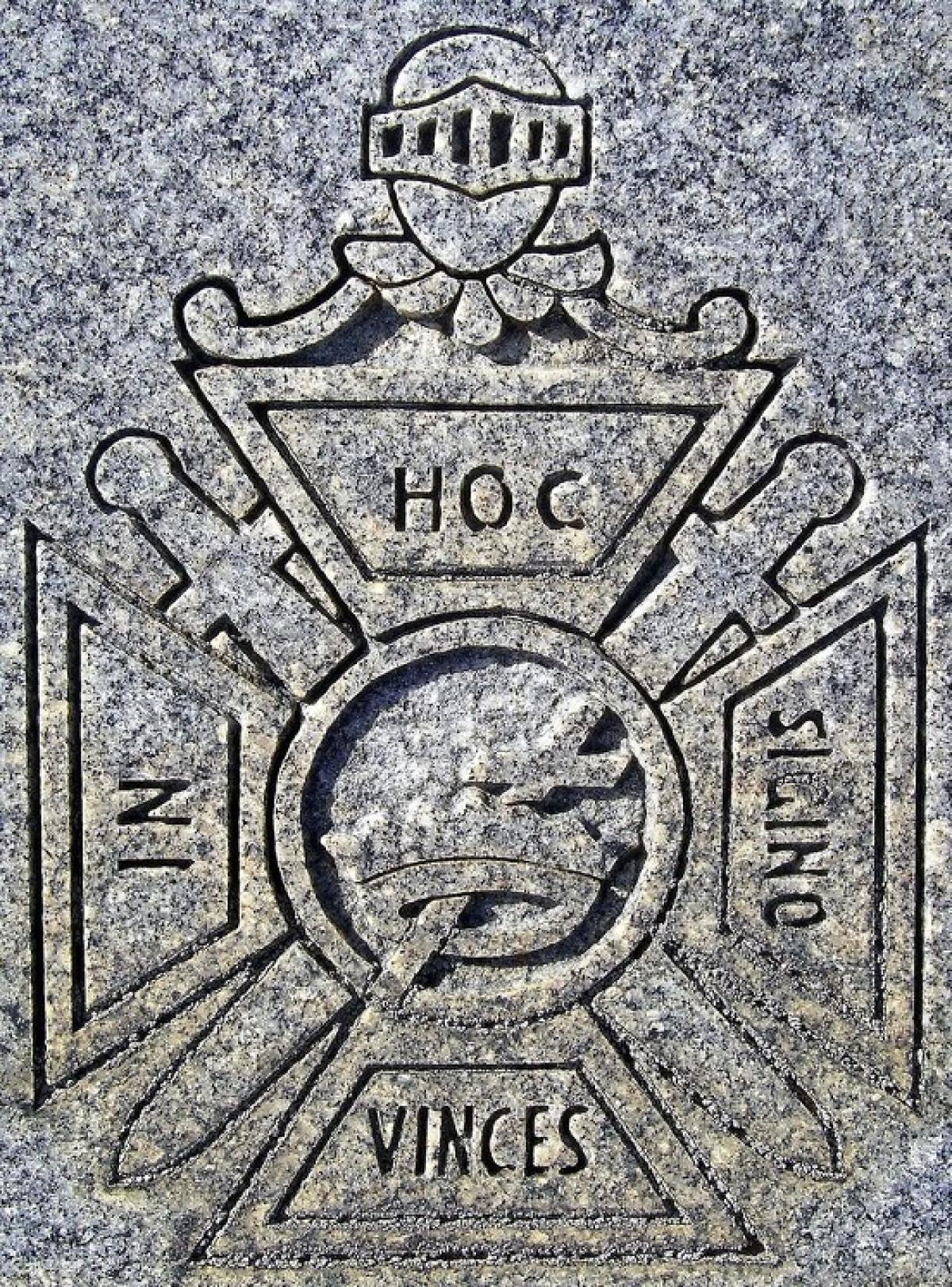- Our Community
- Community Overview City History Community Demographics Chamber of Commerce Events and Activities City Calendar City Parks On-Line Store Cemeteries Local Weather Photo Gallery
- Library School District Public Safety Emergency Management Police Fire ADA Compliance Americans with Disabilities Wall of Honor Wall of Honor
- Grove Regional Airport Grand Lake Association INTEGRIS Grove Hospital Har-Ber Village Lendonwood Garden Playmakers Theatre Cayuga Mission
- Doing Business
- Welcome Visitors
- Grand Lake Association Grove Area Chamber of Commerce Grove Regional Airport Playmakers Theatre
- Cayuga Mission Har-Ber Village Lendonwood Garden Grand River Dam Authority (GRDA)
- On-line Store Photo Gallery Events Where to Eat Where to Stay Where to Park in Downtown Grove Wolf Creek Park & Boating Facility
- Inside City Hall
- Contact City Hall Staff Directory Submit a Complaint or Comment City Code Comprehensive Plan Jobs - Equal Opportunity Employer Non-Discrimination Download Employment Application Submit Employment Application
- Agendas and Minutes City Council Boards and Committees Convention and Tourism Bureau Economic Development Authority Municipal Airport Authority Municipal Service Authority Planning and Zoning Board Zoning Board of Adjustments ADA Compliance Americans with Disabilities
- Departments Administration Airport Buildings and Grounds Community Development Economic Development Finance Fire Emergency Management Municipal Court Police Public Works Utility Services
- Helpful Resources
- Alerts and Notifications Email Subscriptions Events and Meetings Agendas and Minutes City Calendar In the News City News
- Contact the City Staff Directory Submit a Request or Concern Code Red Code Red Login Documents and Forms Documents and Reports Forms, Permits and Applications Maps
- Social Media City of Grove on Facebook Wolf Creek Park on Facebook Grove Animal Control on Facebook Frequently Asked Questions Frequently Used Numbers Helpful Links
In Hoc Sigino Vinces (Masonic Knights Templar)

IN HOC SIGINO VINCES (MASONIC KNIGHTS TEMPLAR) - Masonic Knights Templar symbol showing a cross within a crown inside a Maltese cross, which has the Latin phrase, “in hoc signo vinces.” The phrase means “in this sign you shall conquer” and was used by Constantine as a military motto in the early 4th Century. The phrase was also used by the original Knights Templar military order that was founded during the Crusades. The Freemasons began using Templar rituals and symbols in the late 1700s.
The Knights Templar is the final order joined in the York Rite. Unlike other Masonic bodies which only require a belief in a Supreme Being regardless of religion, membership in the Knights Templar is open only to Christian Masons who have completed their Royal Arch and in some jurisdictions their Cryptic Degrees. This body is modeled on the historical Knights Templar to carry on the spirit of their organization. Throughout history it has been claimed that Freemasonry itself was founded by the Knights Templar or that the Knights Templar took refuge in Freemasonry after their persecution. The Grand Encampment of the United States acknowledges the existence of these theories but states that there is no proof to justify such claims.
A local Knights Templar division is called a Commandery and operates under a state level Grand Commandery as well as The Grand Encampment of the United States. This is unique among Masonic bodies as most report to the state level alone. The Knights Templar confer three orders, and one passing order as opposed to the standard degree system found elsewhere in Freemasonry:
- The Illustrious Order of the Red Cross
- The Passing Order of St. Paul, (or the Mediterranean Pass)
- The Order of the Knights of Malta (or simply Order of Malta)
- The Order of the Temple
Membership is by invitation and candidates are required to be Master Masons, holders of the degree of the Holy Royal Arch and to sign a declaration that they profess the Doctrine of the Holy and Undivided Trinity.
